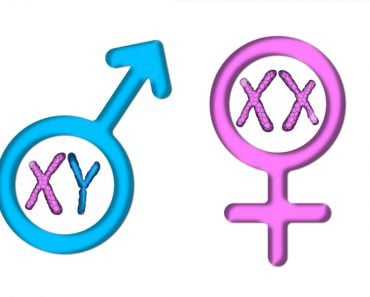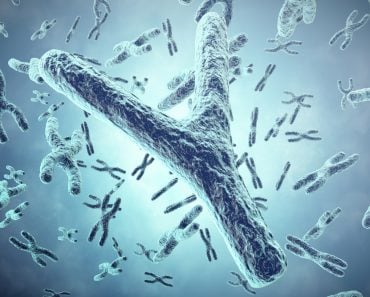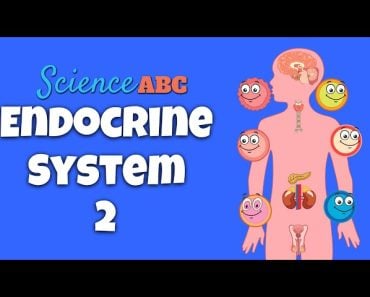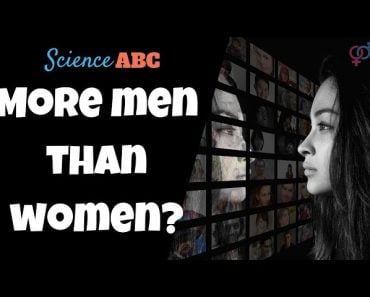Table of Contents (click to expand)
In insects like grasshoppers, the Y chromosome is absent, so there are XO males and XX females. In birds and moths, females are heterogametic, with ZW and ZO chromosomes. Further, haplodiploidy operates in insects, such as ants and honey bees. Besides, temperature also impacts sex determination in certain species.
What makes organisms develop into males or females? If you thought, “XX=females and XY=males,” you’re right, but only to a certain extent; this system is predominant only in a few species, such as humans.
Not all animals employ the Y chromosome—and the SRY gene on it—from the male parent to determine the embryo’s sex.
In fact, sex determination systems are as diverse as nature itself. Organisms have evolved mechanisms that work best for them. Let’s go through some of the most prevalent methods.
Recommended Video for you:
What Is Sex Determination?
Sex determination is a mechanism that determines the sexual fate of an organism. This trigger can occur due to genetic factors, such as genes on sex chromosomes, or it can be a result of environmental factors, such as temperature.
In either case, the prime change that either genetics or the environment induces is that of the hormone levels, particularly of estrogen and testosterone. These hormones, in turn, influence the embryo’s sex.
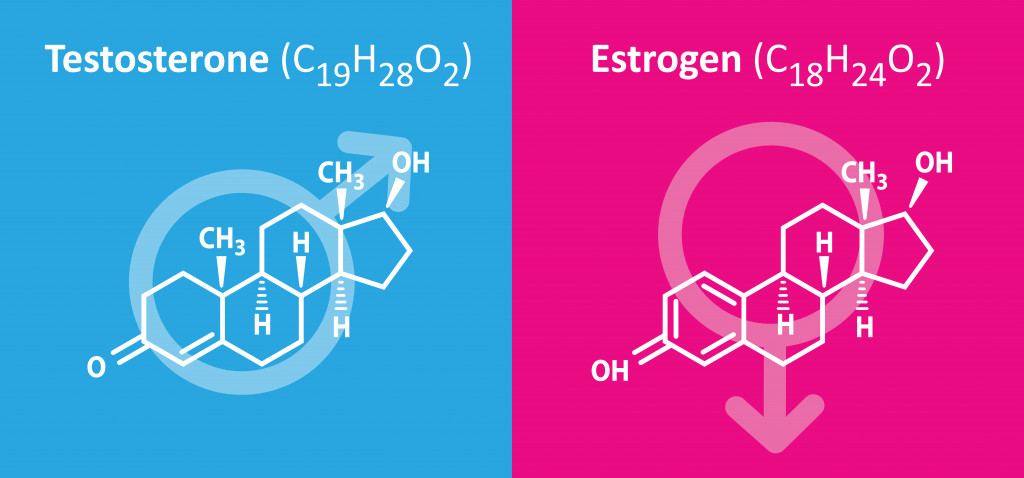
The SRY gene in humans, which acts as a switch to develop a male organism, is just one example of genetic influence. However, other genes influence sex differentiation across different genera.
Besides humans, other mammals such as cats, dogs, and certain fish (i.e., guppies) have the XX-XY mechanism.
Birds
The ZW-ZZ system operates in birds. The gene DMRT1 lies on the Z chromosome and acts as the master switch.
The embryo develops as a female when a single copy of the gene is present (ZW), but male characters develop when two copies are present (ZZ, a double dosage).
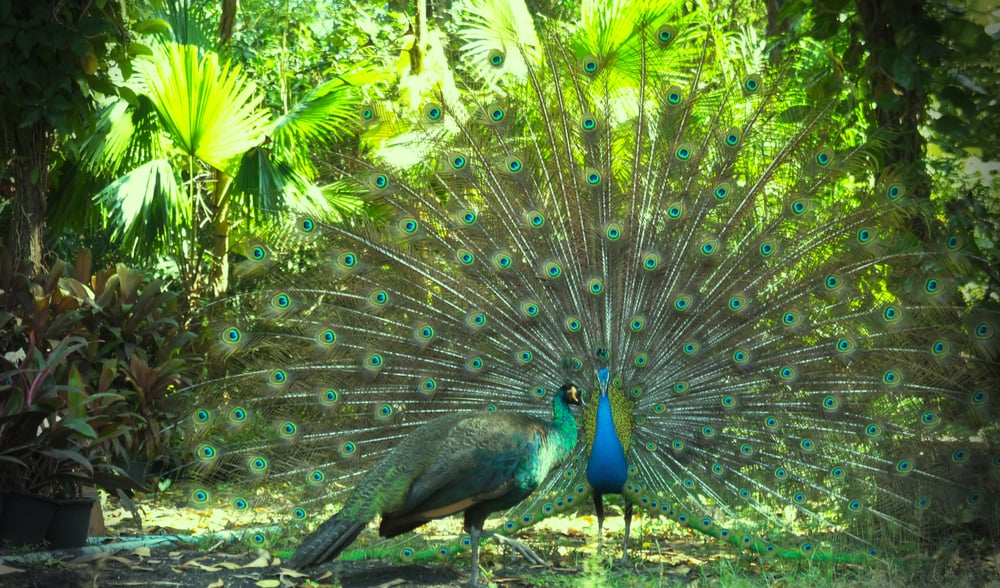
A female’s egg carries either a Z or W chromosome, whereas a sperm always has a Z chromosome. Hence, an egg with a Z/W chromosome decides the primary sex.
Grasshoppers
The XX-XO system operates in some grasshopper species. Here, the males lack a Y chromosome, and the ‘O’ represents the absence of the pair with X. In comparison, females have two sex chromosomes (XX).
As male grasshoppers carry only a single X, the lack of a pair leads to two distinct gametes. Each carries either an X or no sex chromosome at all. At the same time, all female gametes are of the X type. Thus, fertilization by the male gamete with an X or no sex chromosome determines the embryo’s fate.
Moths
Now, it isn’t always the male that carries the different pair of chromosomes. In fact, the exact opposite occurs in certain animals. In some moths, the females are heterogametic, meaning that they produce different gametes.
ZO-ZZ system is prevalent in moths, like the Marsh Marigold. Male moths have ZZ sex chromosomes and produce a single type of gamete, the Z. In contrast, females have ZO allosomes (sex chromosomes).
Hence, during gamete formation, Z behaves as a univalent, as it has nothing to pair with! It simply moves to one of the two gametes formed.
At the same time, the other gamete receives no sex chromosome at all. Thus, the Z chromosome distribution from the female parent decides the embryo’s sex.
Honeybees And Ants
Haplodiploidy operates in insects like ants and bees. In place of X, Y or Z, the CSD (complementary sex determiner) gene determines the sex.
Female bees receive heterozygous CSD genes, whereas males receive only a single copy. That looks similar to the XO/ZO system, right?
Well, here’s the twist. Unlike these systems, which receive autosomes from both parents, male honey bees and ants receive chromosomes only from the female parent (the Queen). This means that they develop from unfertilized (haploid) eggs and don’t have a father, whereas fertilized (diploid) eggs produce female progeny!
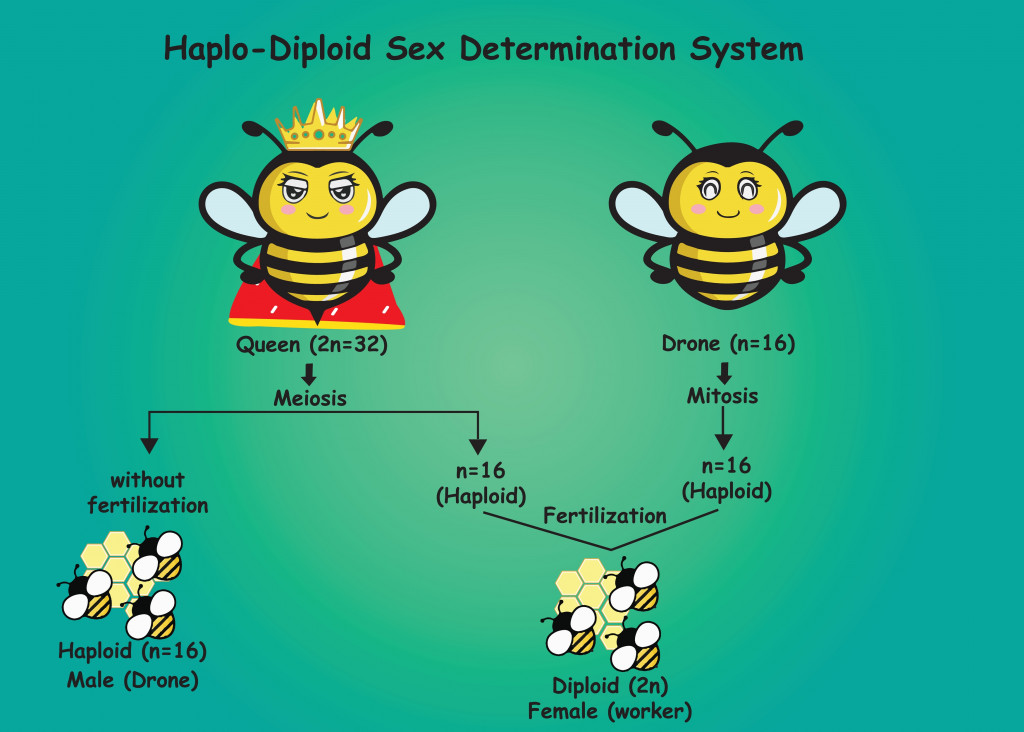
In rare cases, if a diploid male honey bee does develop, the worker bees (female) kill them!
Temperature-dependent Sex Determination
Some animals don’t depend on genetic factors, but rather leave sex expression to the whims of the environment!
The temperature stimulates the hormones and enzymes that help in sexual differentiation, thus controlling the sex determination.
Three categories of environmental effects occur in nature:
- When temperatures are above the critical temperature, females are prevalent, and males develop below the critical temperature. This approach is common in many turtle species.
- Another pattern is the contrast of the above phenomenon. In reptiles, like Rainbow lizards, males are observed at higher temperatures, and females develop at lower temperatures.
- The third type of pattern is prevalent in crocodiles. At extreme points of higher and lower temperatures, females are dominant. In comparison, males grow at intermediate temperatures.
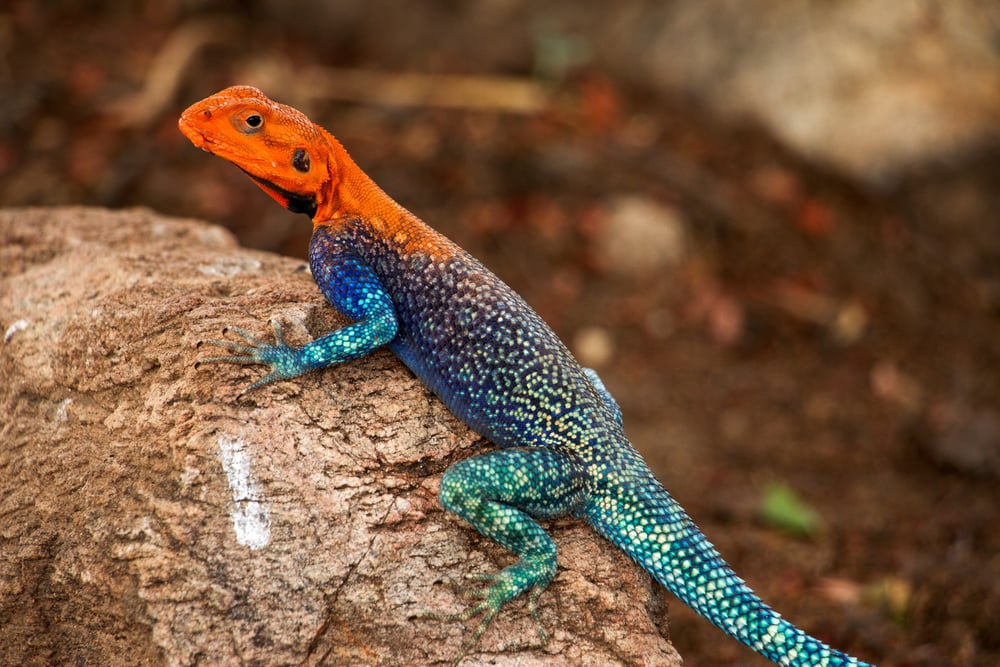
Conclusion
Sex determination is not limited to the X and Y chromosomes, as is usually thought. When looking at other species, it quickly broadens to female heterogamety and haplodiploidy, and in some unique cases, the environment is the determinant factor.
Additionally, you cannot always guess an individual’s genetic makeup based on phenotype. For example, XO females (Turner syndrome) and XXY males (Klinefelter syndrome) are seen in humans.
This equally applies to the other genetic systems, as other organisms, like birds, show the potential for reversal from their primary sex.
Basically, the science behind the sex of organisms is far more fluid than you could have ever imagined!
References (click to expand)
- “I'm XY and I Know It”: Sex Determination Systems 101. Harvard University
- Estermann, M. A., Major, A. T., & Smith, C. A. (2021, September 21). Genetic Regulation of Avian Testis Development. Genes. MDPI AG.
- Sexual Biology and Reproduction in Crustaceans. ScienceDirect
- Clinical Anatomy and Physiology of Exotic Species. ScienceDirect
- J Caspermeyer. Everything You Wanted to Know about Honeybee Sex. Oxford University Press
- Queen's genes determine sex of entire ant colonies | News. The University of California, Riverside



